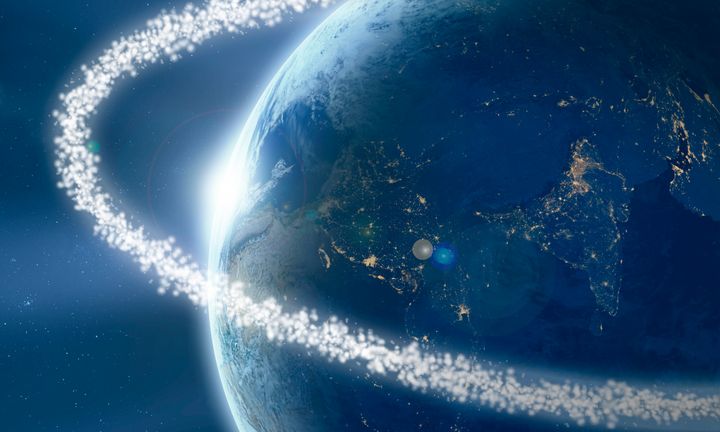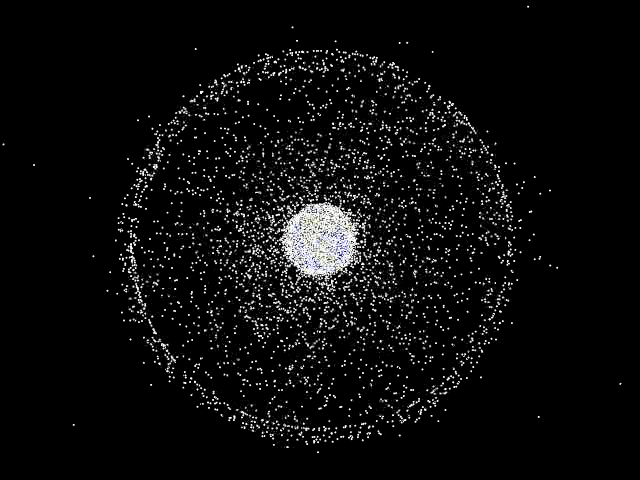Thought humans had done a good job of polluting our home planet? Well, not content on destroying Earth, we’re successfully leaving a trail of destruction in space too.
Known as ‘space junk’, experts estimate that there are around 500,000 fragments of old satellites, rockets and other debris - sent up there by us since 1957 - moving at a speed of 17,500 miles per hour above our heads.
Now a team of Chinese researchers have started looking at what would happen if we sent a laser into space to deal with the issue (apart from making them feel like a James Bond villain).

The space-based laser solution was first suggested in 2014, with the team saying it would help to “mitigate” the impending “crisis” that this space junk will cause.
They said: “Although no one knows when this will turn into a crisis, there is general consensus that sometime in the next one or two decades, the frequency of collision events in congested orbital regions will dramatically increase.”
“The result will be a loss of access to an important part of space.”
In the previous work they established this as a concept, but had no idea whether it would actually work.
Now, in the most recent study a team from the Air Force Engineering University have created a computer-based simulation to show how realistic this answer actually is, how long they will need to target the debris and the best angles to work with.
They suggested that mounting a laser to a satellite, to emit 20 bursts of light a second for two minutes, would be effective in destroying debris sized between 1-10cm in length.
This would be enough to either deflects the object trajectory or forces it on a trajectory through the upper atmosphere where it burns up.
Quan Wen and colleagues concluded from their testing that they do have the logistical capacity to make this a reality.

In the past, some space-faring nations such as America, Russia and the European Union have looked at solutions such as giant nets to trap the debris, or forcing it into the upper atmosphere using magnets.
In addition they have investigated ground-based laser systems that would shoot powerful infrared light 350 to 1000 kilometres into the sky. But obviously this comes with it’s own set of drawbacks.
Granted this isn’t quite as concerning as the major rubbish problem we’re currently experiencing on the surface, but as it is causing a unique set of problems (threatening to destroy expensive space stations and satellites) researchers have started looking at innovative ways to destroy it.
